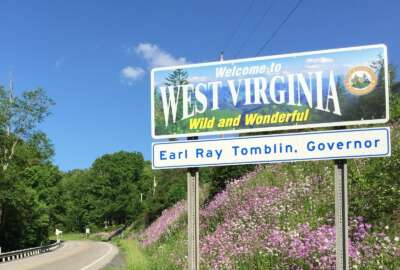Is there a state(s) where you can retire and keep more of your own money while enjoying a better standard of living? The short answer: Probably.
To get the best tax deal now and in retirement, all it takes is a little comparison. You may well discover a place or places where you can keep more of your personal income — your Civil Service Retirement System or Federal Employees Retirement System annuity, Security Security benefits and income from your Thrift Savings Plan. Shop a little and maybe save a ton. And if you can’t stand your current neighbors, so much the better!
Knowing the low-tax, no-tax states is very important to federal workers and retirees. That’s especially true in California, Maryland, Virginia, Illinois, Texas, Florida and Washington, D.C., where there are so many of them. Many have better and less expensive retirement options. Moving can be hard but picking the right spot to resettle could dramatically reduce many of your living costs, plus your personal or sales tax bill to your new potential residence.
Nine states don’t have any personal or state tax: Alaska, Florida, Nevada, New Hampshire, South Dakota, Tennessee, Texas, Washington and Wyoming.
Another nine states exempt CSRS and FERS annuities from state tax: Alabama, Hawaii, Illinois, Kansas, Louisiana, Mississippi, New York and Pennsylvania.
When it comes to the highest sales tax Tennessee, surprisingly, is the No. 1 with a rate of 9.47%, which is why a lot of residents drive north to Kentucky — 38th with 6% sales tax — to buy a lot of things. Maryland and the District of Columbia have a 6% sales tax which is enough to drive many residents across the Potomac for gasoline in Virginia where, on a big purchase, they can save big bucks over the course of a year.
Social Security benefits are also free from personal taxes in a variety of states.
All of the above are important to federal workers and retirees. Most current retirees are under the CSRS plan which provides a defined-benefit annuity fully indexed to inflation. Many such employees also qualify for Social Security for private sector work performed before or after they went with Uncle Sam. FERS retirees all qualify for Social Security in addition to the reduced FERS-defined annuity benefit, partially indexed to inflation. Most CSRS workers and retirees and the overwhelmingly majority of FERS workers and retirees also have TSP accounts that are subject to taxes.
Bottom line: Feds more than most groups need to check on their tax status after retirement. The April issue of NARFE Magazine has everything you need to (and should) know about taxes. The magazine is published for members of the National Active and retired Federal Employees Association and normally only members, for whom it comes out of their dues, get it. But NARFE provided nonmember readers of Federal News Network with a link to its in-depth article on making the best of your taxes. Do your friends and coworkers a favor and send this to them, too.
Nearly Useless Factoid
By Amelia Brust
Colombia’s national sport is Tejo, a game in which a player throws tejos (weighted steel discs) at a bocin (metal ring) that is rigged with gunpowder-stuffed mechas. The mechas explode upon impact. Alcohol is also ubiquitous at the games.
Source: The Culture Trip
Copyright
© 2024 Federal News Network. All rights reserved. This website is not intended for users located within the European Economic Area.
